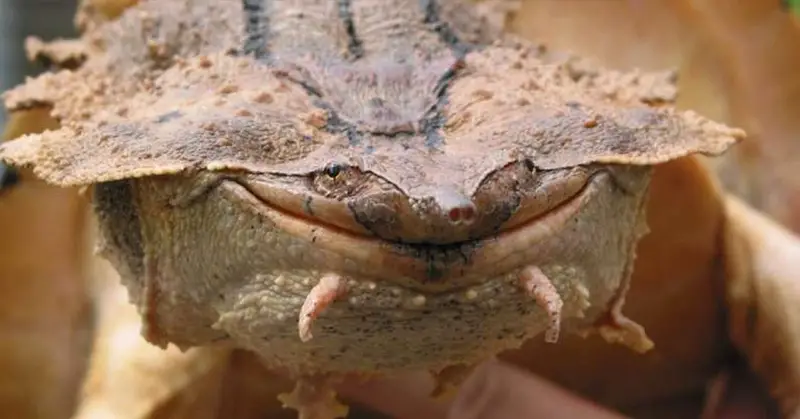By the year 2020, it may come as a surprise that scientists are still discovering new animal species. In 2019 alone, 71 new species were found, and in 2018, 229 new plant and animal species were described [1,2].
Recently, a new species of matamata turtle was discovered by Uwe Fritz from Germany and an international team. Scientists thought the genus Chelus only contained one species, but genetic analysis revealed a second species [3].
The matamata turtle’s unique appearance sets it apart from other turtles. With a rough, knobby shell, three ridges, a wide flat neck with warts, and a triangle-shaped head with a tubular snout for snorkeling, this turtle camouflages well in murky waters [4].
Although little is known about matamata turtles, studies have shown differences between those in the Orinoco River and the Amazon River. DNA samples confirmed the turtles in different locations were two distinct species, Chelus orinocensis in the Orinoco and Rio Negro basins, and Chelus fimbriata in the Amazon [3].
The matamata turtle faces threats from the illegal pet trade. Stronger regulations can help protect their populations, as splitting of the Amazon-Orinoco Basin led to their genetic divergence [3,4]. Awareness and responsible pet choices can help safeguard these unique turtles and other exotic species.






